
Conventional wisdom tells us that braces are just destiny. Either our child grows straight teeth or they don’t. We can help them prevent tooth decay and gum disease, but we can’t stop their teeth from growing crooked.
But we now know that’s not true.
Creating good oral habits in your child may help their jaw and teeth develop properly. We now understand that a child’s jaw and tongue function heavily influence their teeth. Correcting poor oral habits could help to prevent the need for braces.
Retraining the facial muscles may take time. How long will depend on the severity of the problem and how your child responds.
Overall, myofunctional training aims to build, strength, tone and coordination in the face. This will help guide jaw and teeth growth and improve neural balance.
The broad goals of myofunctional training are to:
- Establish nasal breathing
- Develop good tongue posture
- Train a closed lip posture
- Assist in breastfeeding, eating, and chewing
- Improve sleep, speech, and function
In this article I’m going to outline a Facial Exercise Program for Children to help you get started to correct your child’s oral habits.
I. Establish nasal breathing
Cleaning your child’s nose may be more important for their teeth than tooth brushing.
Here are three approaches to prevent and manage nasal congestion in your child:
- Always wipe the nose area with a warm cloth.
- Nasal irrigation: use a small amount of warm saline with a neti pot, to remove mucus.
- Slowing breath and building CO2 tolerance. Simple breath holding exercises can help to clear congestion and slow a child’s breathing. Guide the child to pinch their nose with their fingers and hold their breath for 5 seconds. Practice this together and gradually increase this to 20-30 seconds.
If your child has a chronic blocked sinus, then check they’re getting enough vitamin D and introduce them to The Dental Diet.
Breathing exercises to slow and normalize breath:
Diaphragmatic breathing
Ask your child to lie on the floor. They should place their hand on their tummy and take deep, slow breaths that lift up their hand. Encourage them to hold their breath and then breathe out slowly. Repeat 10 times.
Blow up a balloon
Encourage them to breathe deeply through the nose then out through the mouth, strongly, to blow up the balloon.
Straw and cup of water
Place a straw into a glass of water, then ask your child to breathe in through their nose and out through their mouth, into the straw. They will probably enjoy making bubbles!
Single nostril breathing
Ask your child to try breathing in through one nostril and then out through the other, using their thumb to close the nostril they’re not using. Then ask them to start with the other nostril, alternating between the two.
II. Develop tongue posture
To encourage the tongue to sit against the roof of the mouth.
Ask your child to:
- Open their mouth wide – and try to hold it open for a time. Time them and try to make it a game as you encourage them to do it again and break their record.
- ‘Pop’ their tongue. Ask them to try pushing their tongue to the roof of mouth and making a ‘popping sound’. Repeat 20 times.
- Tracing the roof of their mouth. Ask them to push their tongue to the roof of their mouth, with the tip behind the incisors. Then ask them if they can take the tip all the way to the back of the mouth and then forward again.
- Tongue trace – ask them to close their lips, push the lips out and make a circle with them. Then they should trace around the circle with the tip of their tongue. Ask them to do this 10 times clockwise then 10 times anticlockwise.
- Windscreen wiper – Ask them to put the top of their tongue against their top front teeth and wipe their tongue from side to side like windscreen wipers, so it touches touching the edges of the mouth. Repeat 20 times.
Swallow
The correct swallow means that the tongue makes a seal against the palate and pushes water back in a wave like motion.
Here’s a test for the correct swallow pattern.
- Bite and swallow – Making a big cheesy grin. Hold the teeth together and cheeks away from the teeth with fingers. Guide the child to hold a small amount of at the front of the tongue. They then push the liquid to the top of the mouth, rolling
III. Train closed lip posture
Balancing the facial muscles can help the lips to stay in a closed position.
Lip stretches help to give the lips range of motion to close comfortably at rest:
- Pull the upper lip down over the front teeth.
- Pull the lower lip up above the top teeth.
IV. Assist in breastfeeding, eating, and chewing
After 6 months of age, hard solid food should be introduced into a child’s daily diet.
Encourage them to eat some raw vegetable every day, such as a small carrot or piece of celery. Chop food into manageable and chewable sized pieces. Let a child chew!
Gum chewing (with a natural no-sugar or artificial sweetener gum) exercises, can help to grow the jaw.
V. Improve sleep, speech, and function
Posture
- Encourage your child to practise maintaining a straight back, with their head back and shoulders level.
- Remind them to sit up straight
- Remind them to speak clearly and slowly (‘so that we can hear your brilliant ideas properly.’)
Speech
- Humming – deep humming (from diaphragm) for 2 minutes once per day can improve their control,
- Practice vowel pronunciation with them.
The vowel game – say each slowly focusing on pronunciation.
‘I’ – pointing at oneself
Eye – pointing to eyes
Oww! – rubbing arm pretending to be hurt
Yay – raising their arms as though celebrating!
Yeah – nodding head in agreement
You – Pointing at another person in the room
Whoa! – Make the palm held outwards sign for ‘stop!’
Eeee – Encourage them to squeak like a mouse.
Spot the signs to prevent braces in your child
Good facial habits sit alongside a multidisciplinary approach to childhood dental growth.
**NOTE** These exercises use the principles that a myofunctional therapist or orofacial myologist will employ to correct facial imbalances. If you suspect your child has oro-facial dysfunction, always consult a professional.
A multidisciplinary approach will often work alongside an airway or sleep focused dentist or orthodontist, an ENT, speech therapist, chiropractor or osteopath and many other professions who can guide your child’s dental growth.
It’s natural to be keen to do these exercises with your child – you just want to help. But wherever possible, keep these exercises light-hearted and make them into a game.
Don’t be discouraged if your child has slow or delayed progress. Some neuromuscular habits will take a lot of time to become habit. Avoid nagging your child or constantly drawing attention to the things they need to work on, such as tongue posture or nasal breathing. This may make them feel self-conscious or uncomfortable.
It’s important to remember that some children will require professional help and monitoring to achieve correct function. Don’t be discouraged though, what you do at home is crucial in building the right habits into their future.
Have you tried the program in your child yet? Let us know your experiences in the comments below.
For more information on Dr. Lin’s clinical protocol that highlights the steps parents can take to prevent dental problems in their children: Click here.
Want to know more? Dr Steven Lin’s book, The Dental Diet, is available to order today. An exploration of ancestral medicine, the human microbiome and epigenetics it’s a complete guide to the mouth-body connection. Take the journey and the 40-day delicious food program for life-changing oral and whole health.
Click below to order your copy now:
US AMAZON
US Barnes & Noble
UK AMAZON
Australia BOOKTOPIA
Canada INDIGO
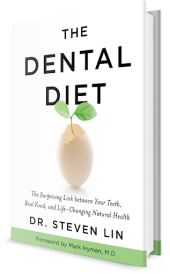
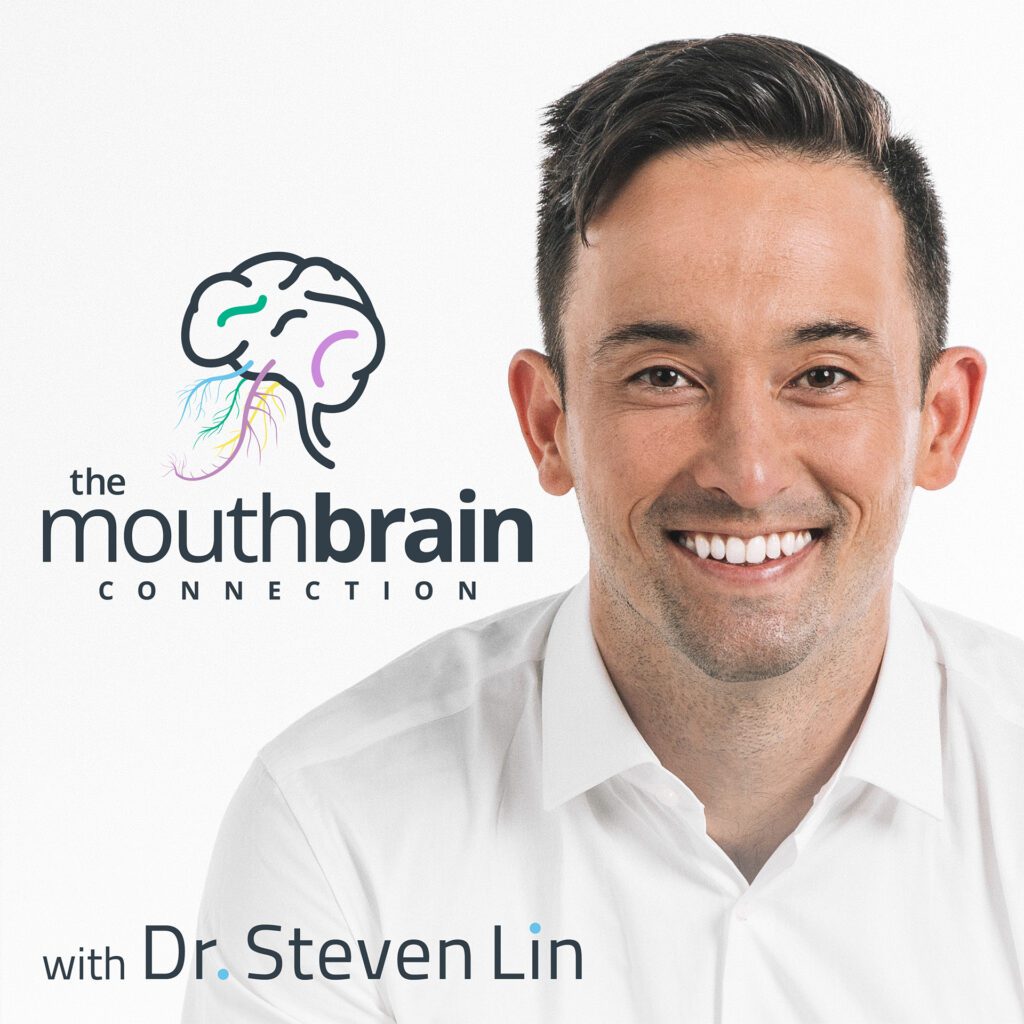

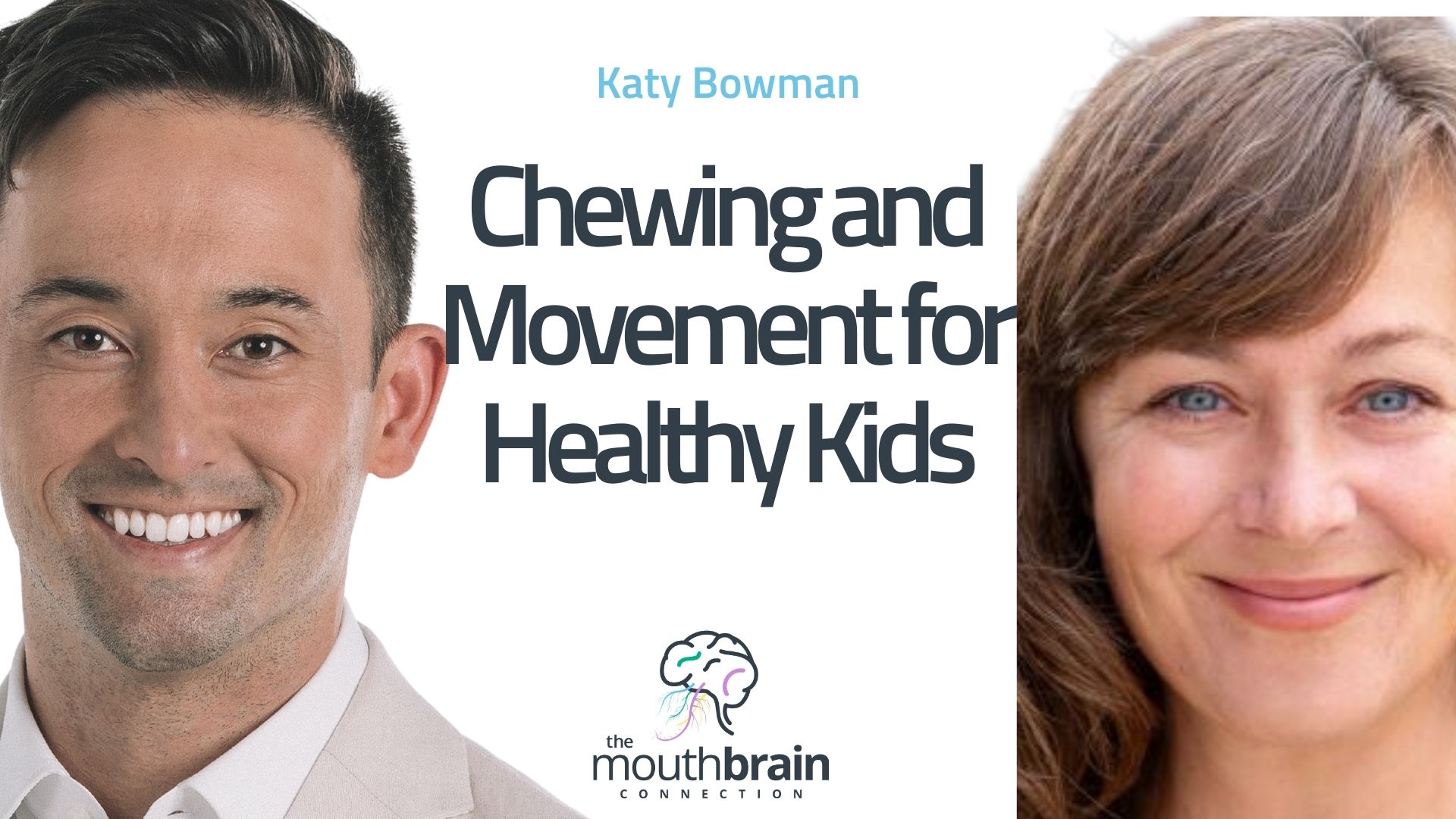
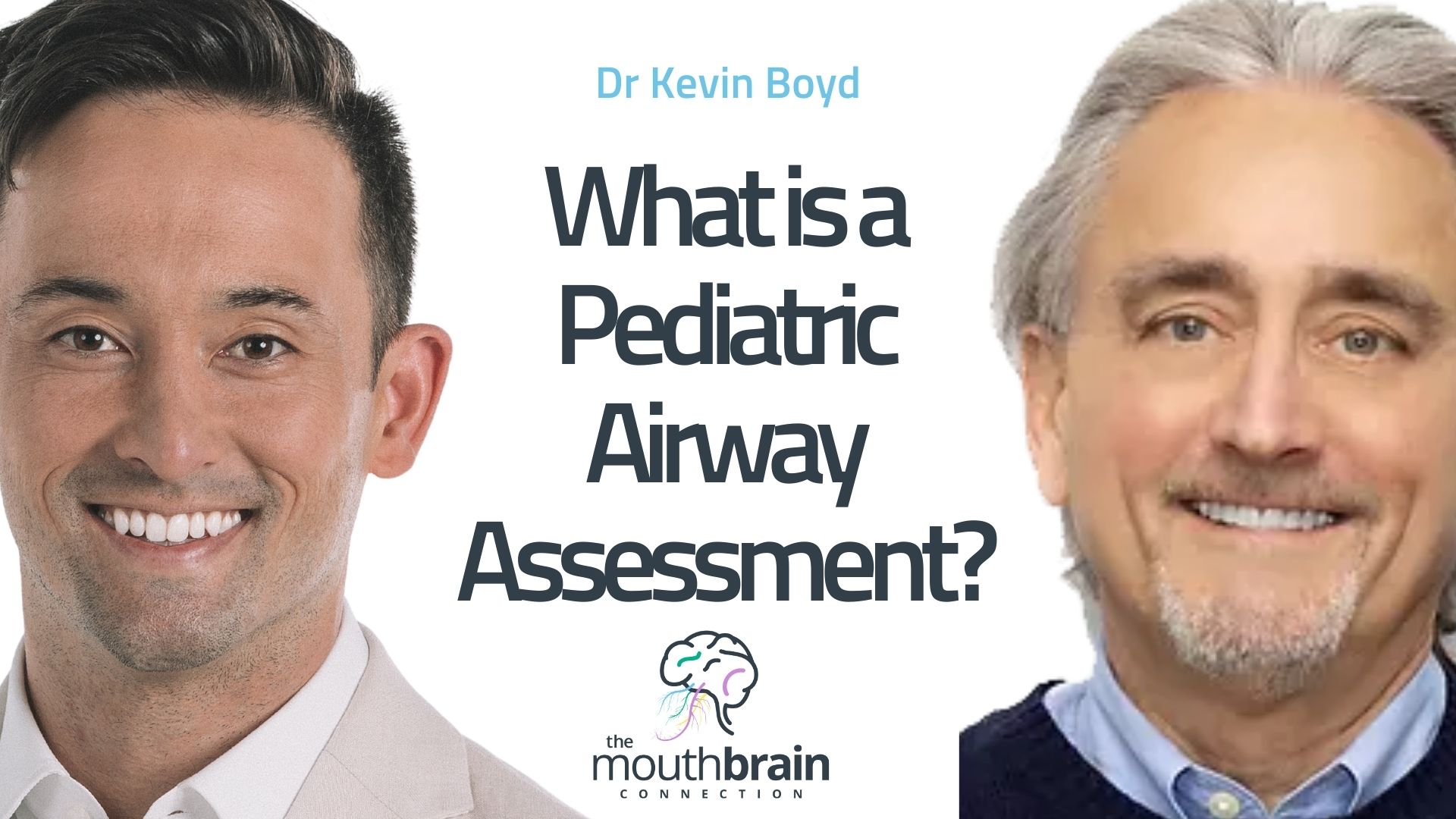
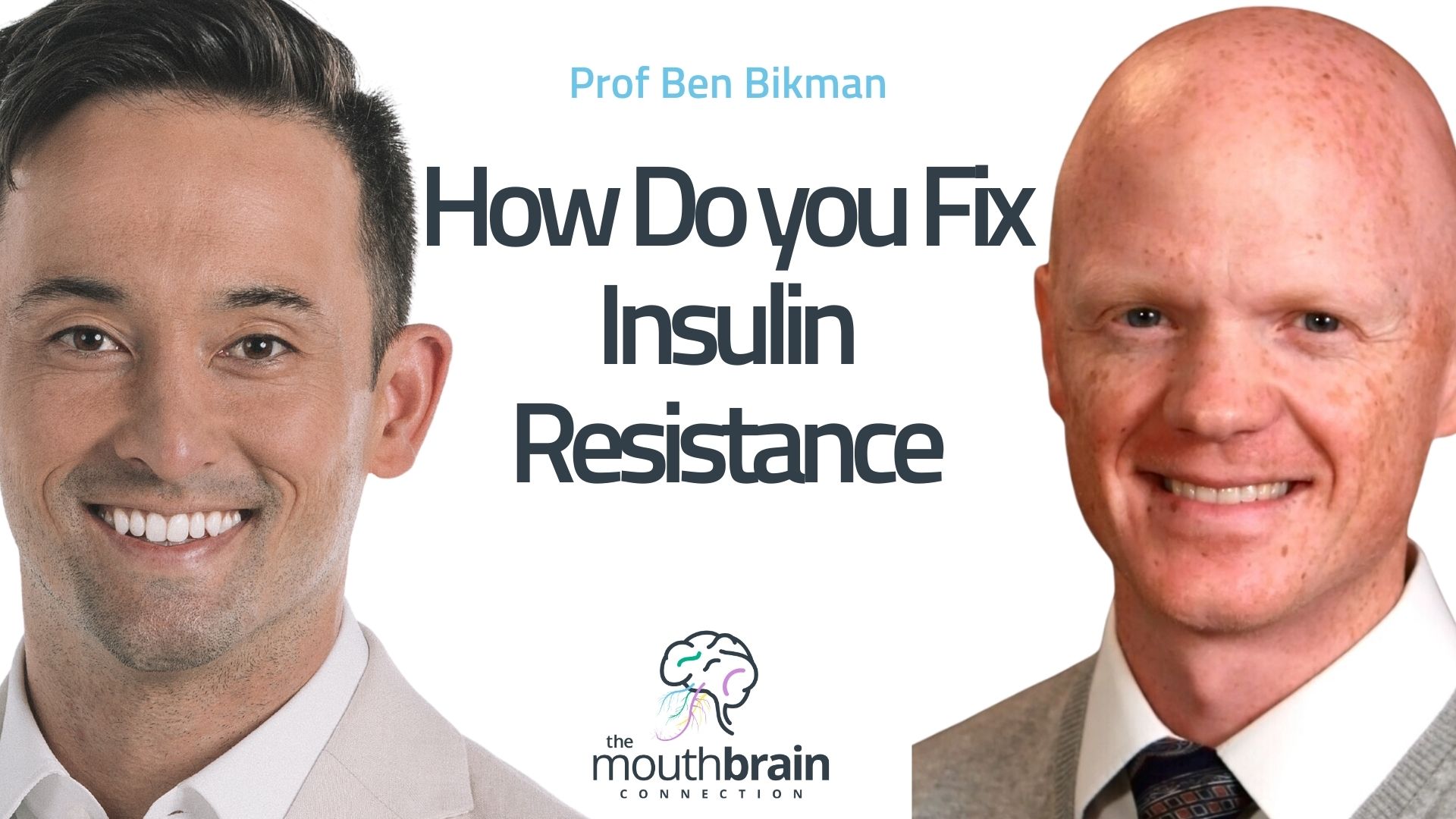


17 Responses
Great article
Enjoy reading. Awesome, the tongue & lip exercise is fun! This is the best way to coach OMF.
Very informative awsome
It’s very important.
Nice article
Love it! I have been reading all your articles! And I am currently reading (slowly… lol) the Dental Diet as well! I am curious about thumb sucking and the affects it has on jaw/tooth development and if it is possible to reverse the affects without braces. My almost 3 yo is a thumb sucker and has an overbite. Is there an article addressing this? Or in the book? Thanks! ?
As a feeding specialist, orofacial mycologists and speech language pathologist, this article is very concerning and misleading. There is no “one-size-fits all approach”, which is why a team approach, includinf the parent(s), is absolutely necessary. My issue with this particular article is it’s a very dangerous and slippery slope for a well regarded professional to recommend DIY to Parents. It dilutes our profession, our skills and all of the additional knowledge and experience that goes into our sessions. There is so much that goes on in our sessions that Parents would never know to look for and even when I show them they need to see it several times to truly understand what they are looking at as well as understand why they are being asked to complete certain exercises. I think this is very misleading to Parents but I guess it happens across all professions so there’s that…
Unfortunately, I feel your article is very misleading. There are reasons why professionals undergo significant training (years for most) in order to understand the intricacies and the foundations of their profession and skill sets. My training emphasized “do not harm” and your insinuation, that it’s so easy for any parent to do, is potentially very harmful. I brush my teeth and floss, but that doesn’t make me a dentist nor would I encourage my parents to think they know what a cavity looks just because they can look inside their child’s mouth.
If you have seen one child with an Orofacial Myofunctional disorder, you have seen just one child with orofacial myofunctional Disorder. No two children are the same and we cannot use a “cookbook approach” to treatment.
The article is intended to raise awareness of this under acknowledged field. It was never intended to replace any services across a functional oral health spectrum, but to aid in helping parents to understand the basic signs and simple home prevention protocols. There will be more information on this budding field and collaboration with the dental industry.
what is wrong with giving parents some power over their own kids health? health professionals like to think they are the end all be all to children’s health. i learned the hard way that doctors with all their experience could not help my son and boy was i surprised. only when i started learning on my own how to help him did my son get better. my son wouldnt be alive today had i just kept listening and waiting for the coutless doctors i went to to help him. parents are the experts in their kids! they know their habits symptoms history better then any doctor..yet the ‘thou shall have no other Gods before me” is still very alive and strong in the mindset of most doctors..it is refreshing to see a doctor who is willing to share his knowledge and it is infuriating the God complex of these commenters.
Where was this when my children were little!? Our orthodontist in Burling and Arlington was recently talking about these exercises, of course we just finished braces on both of our teenagers! I would definitely try out these exercises, my teens were not big fans of having to wear braces for over 2 years plus you’ll save thousands!
Is it too late to start these exercises in a 10 year old who has already been told that she will need braces once her adult teeth are all through? She has very wonky teeth.
Thank you for your article Dr Lin. I learned quite a bit from you. I was taken a bit aback by the negative comments of the two “professionals” as I never saw anything in your article that implied that you were trying to substitute professional care when warranted. In fact your article I believe, actually raised awareness to overall dental health and care that would alert parents if something was amiss that would warrant a trip to a dental professional. I hope you will continue writing and sharing your knowledge. I’m happy to have found you and your website. Thank you.
Hi Nancy,
Thank you for sharing this! We’re glad this helped!
Chelsea
Community Manager
http://www.drstevenlin.com
This was a well-written article and I now know a lot more than I did before I read it.
Great post
that’s great. every habit comes from parents, if we teach well, our kids’s teeth will be stronger and whiter than ever